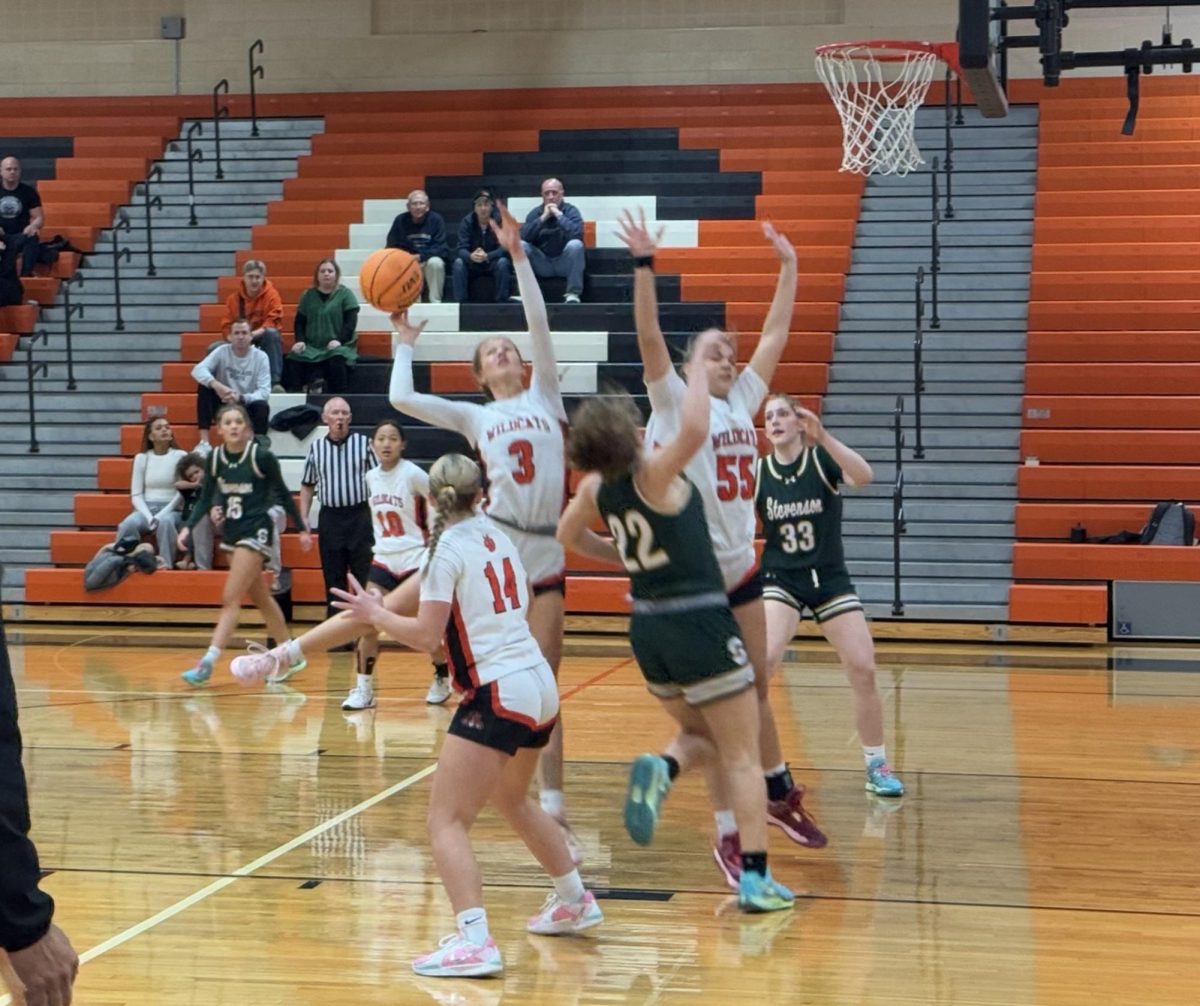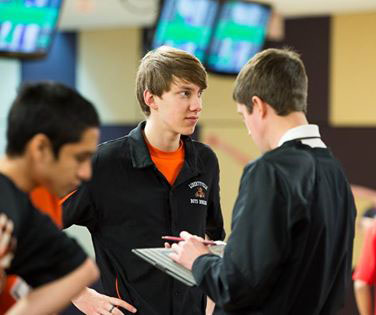
It’s Saturday night. You and your friends are bored out of your minds. Just when you are about to offer up the same thing your group does every Saturday, someone pipes up and says, “Let’s go bowling!” After getting shoes, a lane and ordering a Thanksgiving-like feast of pizza, mozzarella sticks, chicken tenders and cheese fries, you think to yourself: “This is great. I wish I was on the bowling team and got to do this every day after school! The bowling team has to be exactly like this, right?”
Not all bowlers approach the sport this way. There are bowlers who take the game as seriously as a football player would take football. However, that does depend on who you ask. In fact, many bowlers get their start bowling by simply joining the high school team to have fun. Many bowlers join the team freshman year for the opportunity to sit back, relax, mess around with their friends and have a good time while doing a non-taxing but still competitive after-school activity.
“I would say a lot of times bowling is viewed as an activity and not a sport,” said first-year head boys bowling coach, Mr. Robert Sweno. “Part of the belief of some of the freshmen that came out this year was that this was going to be an after-school fun league. So I had to tell the guys that this is still an IHSA sport where we bowl competitively and we have to take it seriously.”
At least one of the varsity bowling members fits Coach Sweno’s description perfectly. Duncan Hughes, a junior and varsity bowler, joined the team with one of his friends his freshman year. His friend quit, but he stuck with it because he enjoyed the unexpected level of competition.
Hughes and other varsity bowlers help change the young bowlers’ mindset from the beginning of their bowling careers. When the freshmen and other first-year bowlers see varsity at practice and meets, they see how serious a sport bowling is. Coach Sweno is a big reason for increased seriousness on the boys team this year, according to Hughes and fellow varsity bowler, senior Jack Baumruk.
Upon arriving at practice, the bowlers have time to get ready and relax, but once practice starts, everyone gets down to business. Curiously huddled around Coach Sweno, the boys team anxiously awaits the drills or skills the team will be practicing. Coach Sweno will slowly go through the plan of the day that could consist of several drills, including hooking a shot, when the bowlers will tape a part of the ball so they know what part is spinning; spare shooting, taking a partner’s second shot to improve your ability to shoot with only a few pins; or approach, how to step up to take a shot. Following a brief period of warm-ups, the girls team shows their serious side, too. Veteran players team up with new team members to share the secrets of success in meets and how to improve their overall game. The girls will practice balance, to keep steady while bowling; hand release, so they know the proper way to hold the ball; and spare shooting, to work on picking up difficult splits. They also study video and articles about professional bowlers to see what makes them succeed.
With all the work bowlers put into practice, it is no surprise they are both having a successful season. The girls are a perfect 3-0 and with a strong varsity core, they are hoping to advance to the IHSA sectional finals after regionals this year. This will be the first year bowling has a regional final. Sophomores Emma Davellis and Taylor Salon and Senior Natalie Zeng will be three of the team’s leaders throughout the year according to Coach Siegel. As for the guys, Coach Sweno is pleased that his bowlers have improved every meet this year. Hughes and Baumruk will be two of the team’s varsity leaders and freshman Spencer Baumruk will be one of the JV team leaders. Hughes recently bowled the team’s fourth-highest score ever at 704; he is hoping to continue his individual success.
Though not many people consider bowling to be a “rise and grind” kind of sport, it is. To have the opportunity to compete in travel leagues, bowlers must first compete in a team’s morning league. Waking up as early as a normal school day, bowlers will spend all day almost every Saturday bowling during their season, from April until August. The meets will go late, often until sunset. Kids like Baumruk, Sloan, Davellis and Zeng bowl in these travel leagues to improve during the offseason, the same way football players spend all day in the sweltering summer sun preparing for the season.
Since they spend the entire year perfecting their craft, many bowlers get upset with the stereotype that bowling isn’t a sport. They put in time to improve and have to be very skilled to even compete. All bowlers want bowling to receive the recognition that they think it deserves. Baumruk found it easy to compare bowling with another sport that is heavily criticized: golf.
“It’s like golf,” said Baumruk. “It’s literally the same thing as golf except it is not outside. And you don’t have to walk at all. It’s not an athletic sport that involves cardiovascular abilities. It’s a precision sport that requires repetition, consistency, fine motor skill [and] muscle memory.”
A lifelong bowler herself, who bowled for LHS when she was in high school, head girls bowling coach Ms. Lindsey Siegel sees where Baumruk is coming from:
“The bowling team doesn’t get as much respect as they probably should,” said coach Siegel. “Bowling takes a lot of skill, a lot of muscle, a lot of time and a lot of dedication. A lot of people view this as a practice sport. It’s a recreation. It’s not a real sport. But in actuality it is. It takes a lot to be on the bowling team.”
Though many kids don’t consider bowling a legitimate sport, it shares a lot of similarities with other team sports. One big thing is the sense of togetherness on the team. Just like any other sport, the bowlers grow close and form a bond. They become a family much like football teams consider themselves brothers.
The togetherness isn’t limited to a singular team. Because of bowling’s laid-back nature, many opposing bowlers become friends after continually meeting at different events.
“A lot of times we get to interact with other teams,” said Sloan. “We high five them, have fun with them and make new friends. It’s a good time.”
Davellis agrees with Sloan that one of the best parts of bowling is meeting new people and seeing them at different events.
“We all support each other. You always meet a ton of people at meets and invites. A lot of new faces, a lot of similar faces we’ve seen before. No one is really snotty,” added Davellis.
Not all bowling meets are about meeting other people and having a good time. The intensity level is turned up to 11 during invitationals. When a bowler has a high game going, according to Davellis, a crowd will form around anxiously awaiting the outcome. When the matches come down to the wire, the teams start to get animated.
“[Matches are] surprisingly intense,” said Coach Sweno. “The parents get very into it. It is fun. They like to cheer a lot. The kids get into it more if the match is close. What is cool, much like football has a scoreboard, we have the monitors that keep score. They show the total team score so we can see if we are up pins or if we are down pins. If it is close, the kids get more amped up and they’ll start cheering if they strike or spare. It’s definitely pretty intense.”
Bowling meets are scored by adding up the scores of the games of each of a team’s five bowlers. The teams are divided into five-person varsity, JV and sometimes JV one, two or even three. Each bowler on the five-man team will bowl three games. For every game, the bowlers’ scores are added together into one team score. The highest team score for each game is awarded two points. The set of three games is called a series and the series winner will be awarded three points. The series score is totaled adding all of the game scores together. Whichever team has the most points of out of nine wins the match. Pin total also factors into the score during invitationals and non-conference matches.







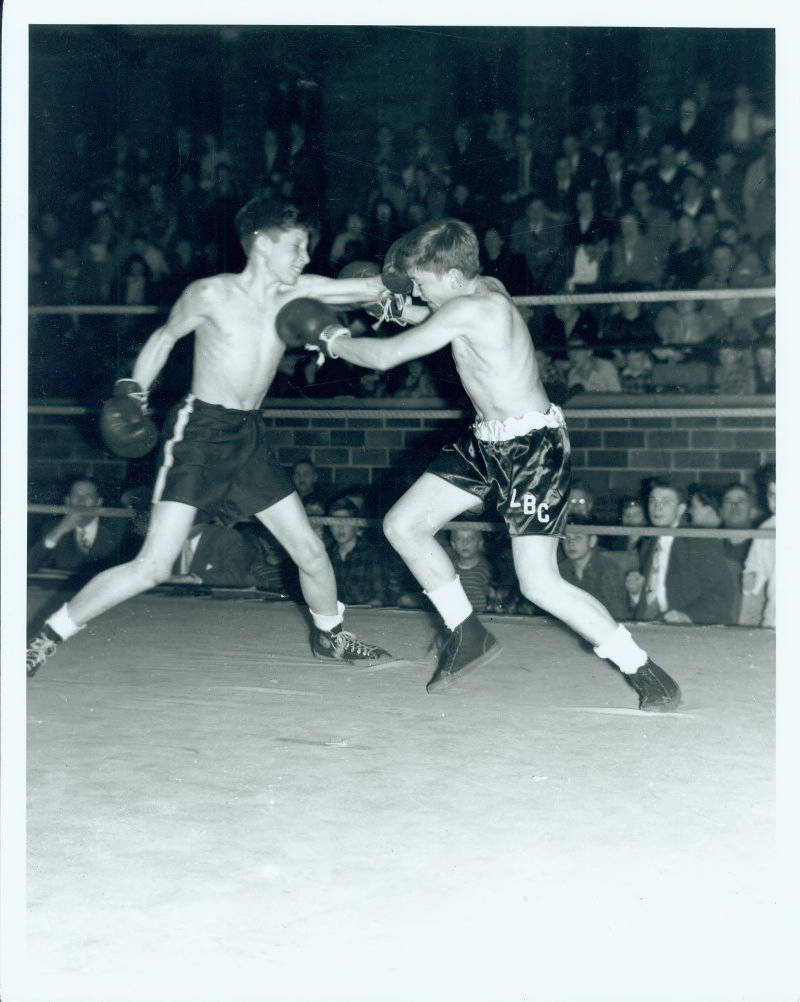

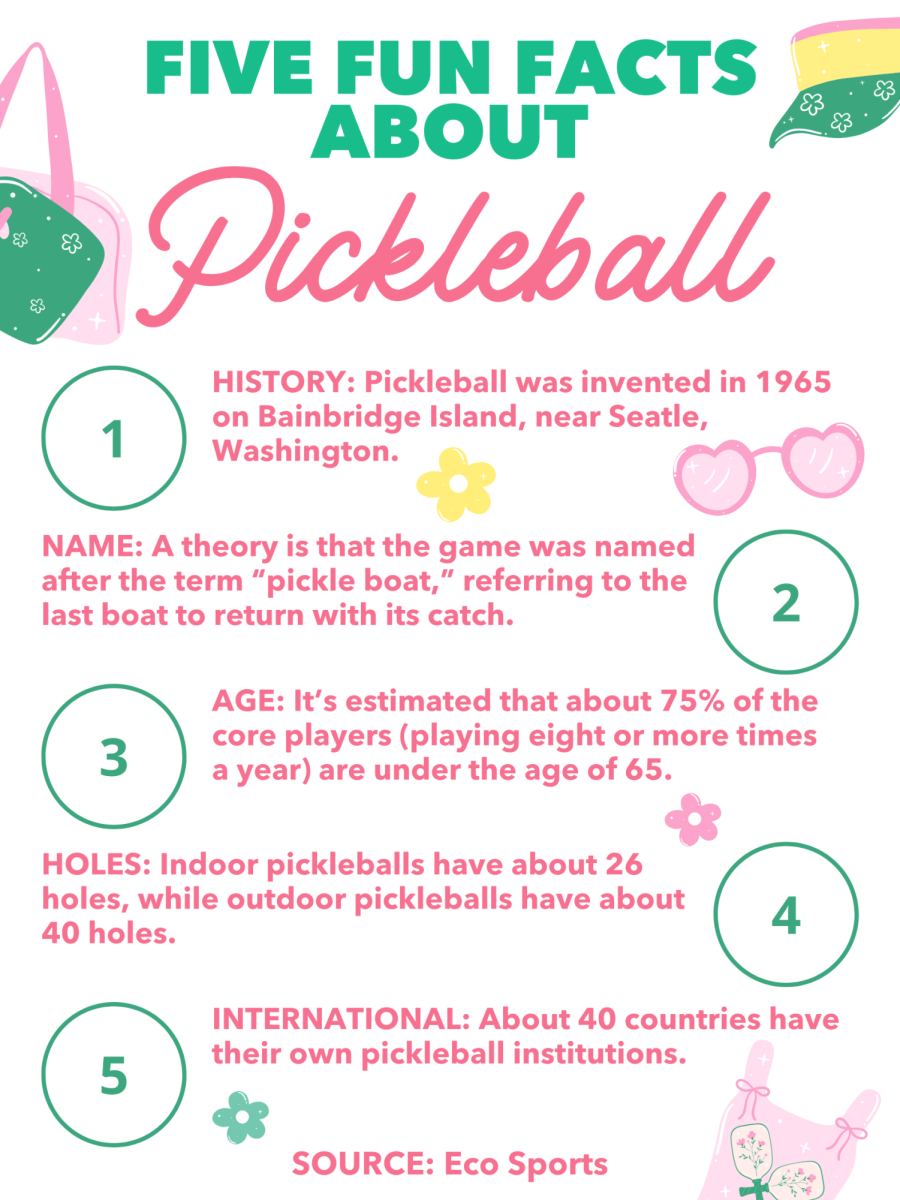
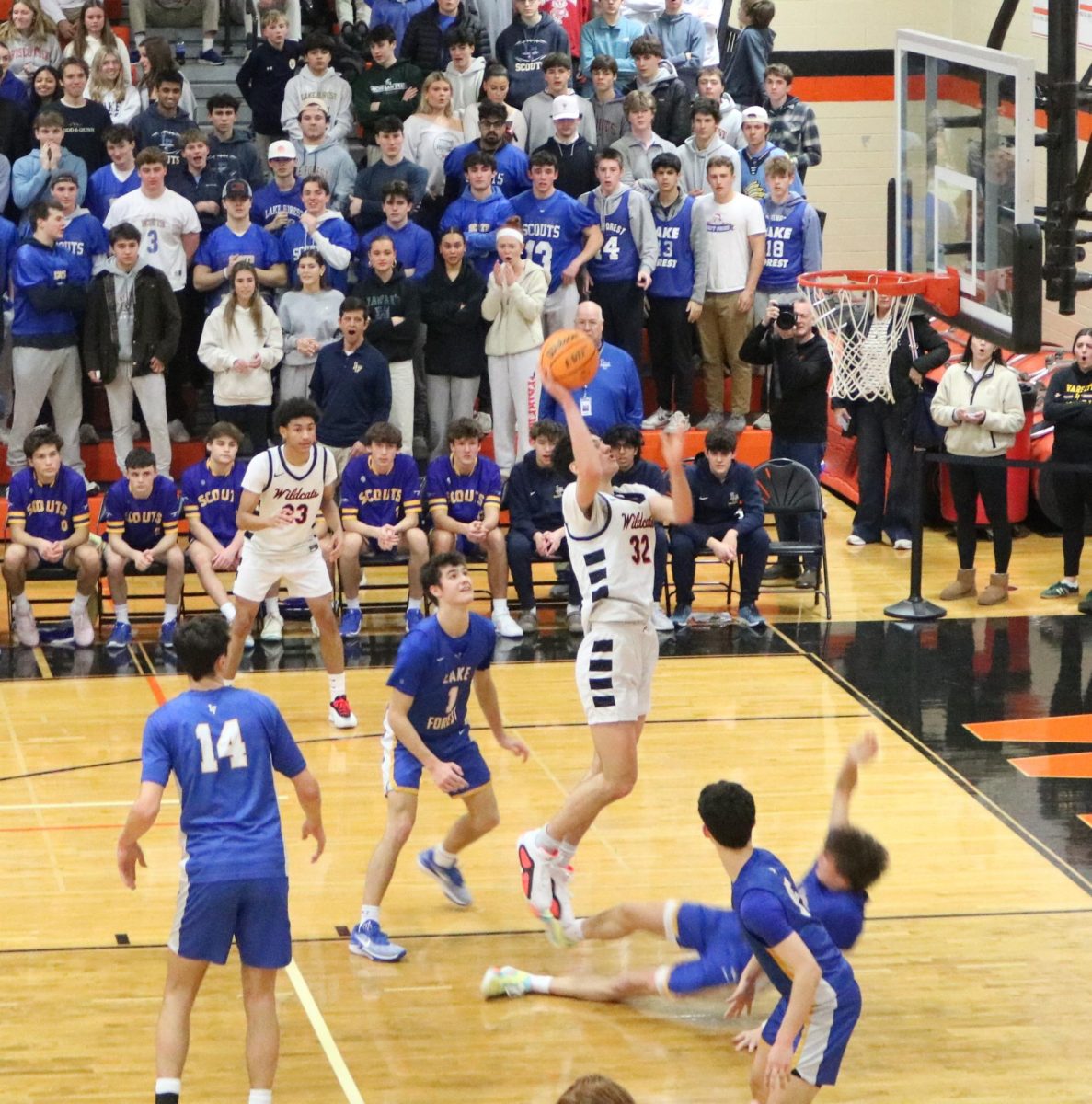
![Senior Liam Hanson (1) is escorted by his parents before the game to celebrate senior night. He will miss “hanging out with [his] boys and going out to eat after games and practices.”](https://www.lhsdoi.com/wp-content/uploads/2025/02/IMG_1389-1200x800.jpg)
